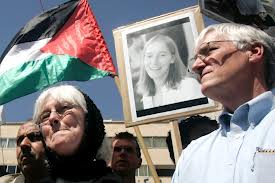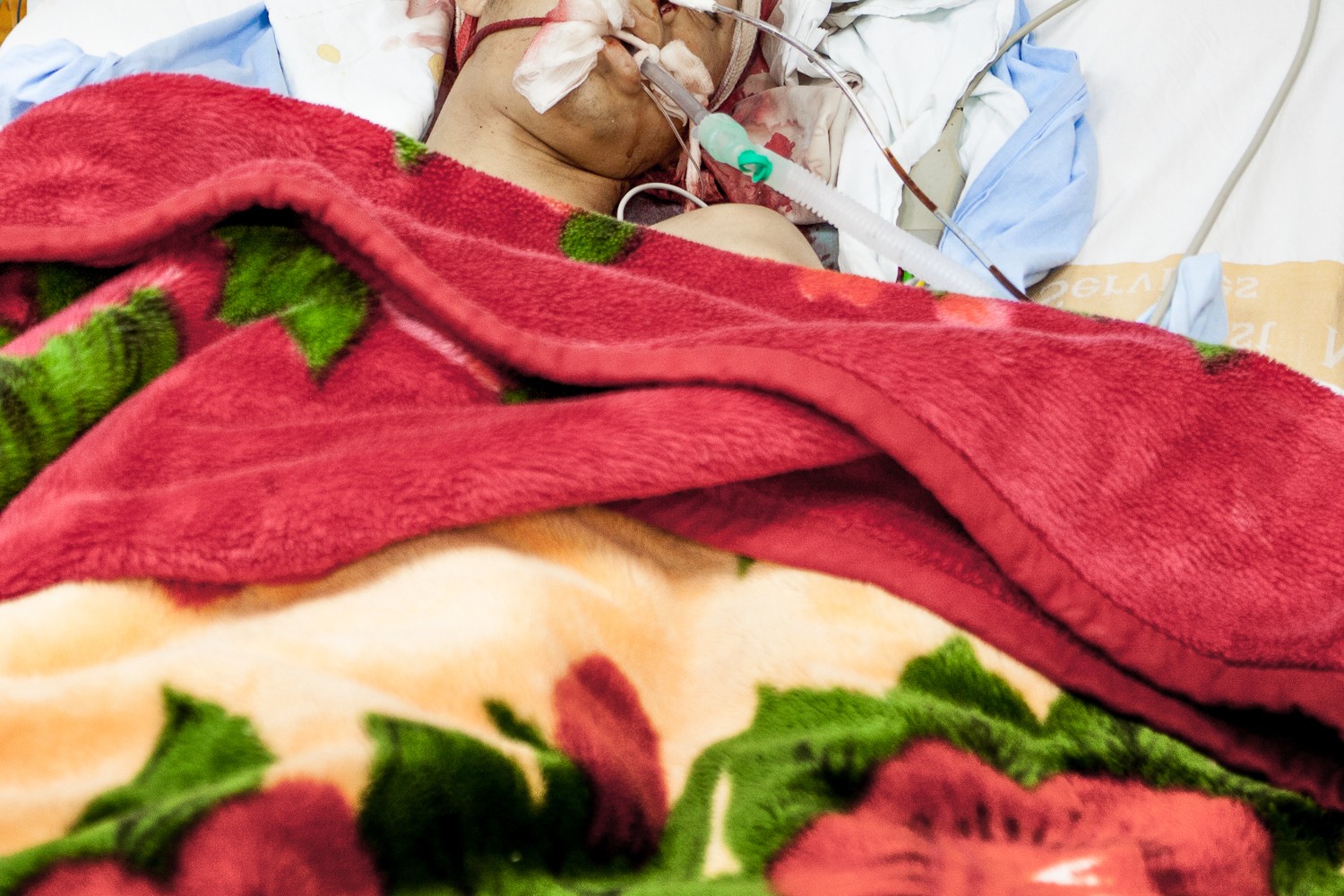Tag: Gaza
-
Justice for Rachel Corrie
Cindy and Craig Corrie talk about their struggle for accountability for Rachel’s death Abby Martin speaks with Cindy and Craig Corrie, parents of slain activist Rachel Corrie, about their case against the Israeli government and their fight for social justice worldwide through the Rachel Corrie Foundation.
-
Israel’s definition of a ceasefire
14 January 2013 | Beit Lahiya, Gaza Strip, Occupied Palestine Just three days after the fatal shooting of Anwar Al-Malouk near Jabalia, the Israeli military has murdered another Palestinian civilian despite a supposed ceasefire being in place. Mustafa Abu Jarad, 20, was one of a group of bird hunters working on a plot of land…
-
Mustafa Abu Jarad, murdered in Gaza by the Israeli Army
January 15th 2013 | Gaza Strip On January 14th 2013, Mustafa Abu Jarad (20) was working with a group of farmers on a plot of land around one kilometer away from the border fence at the north of Beit Lahiya, Gaza Strip; when the Israeli army started shooting at them from a watch tower. Due…


